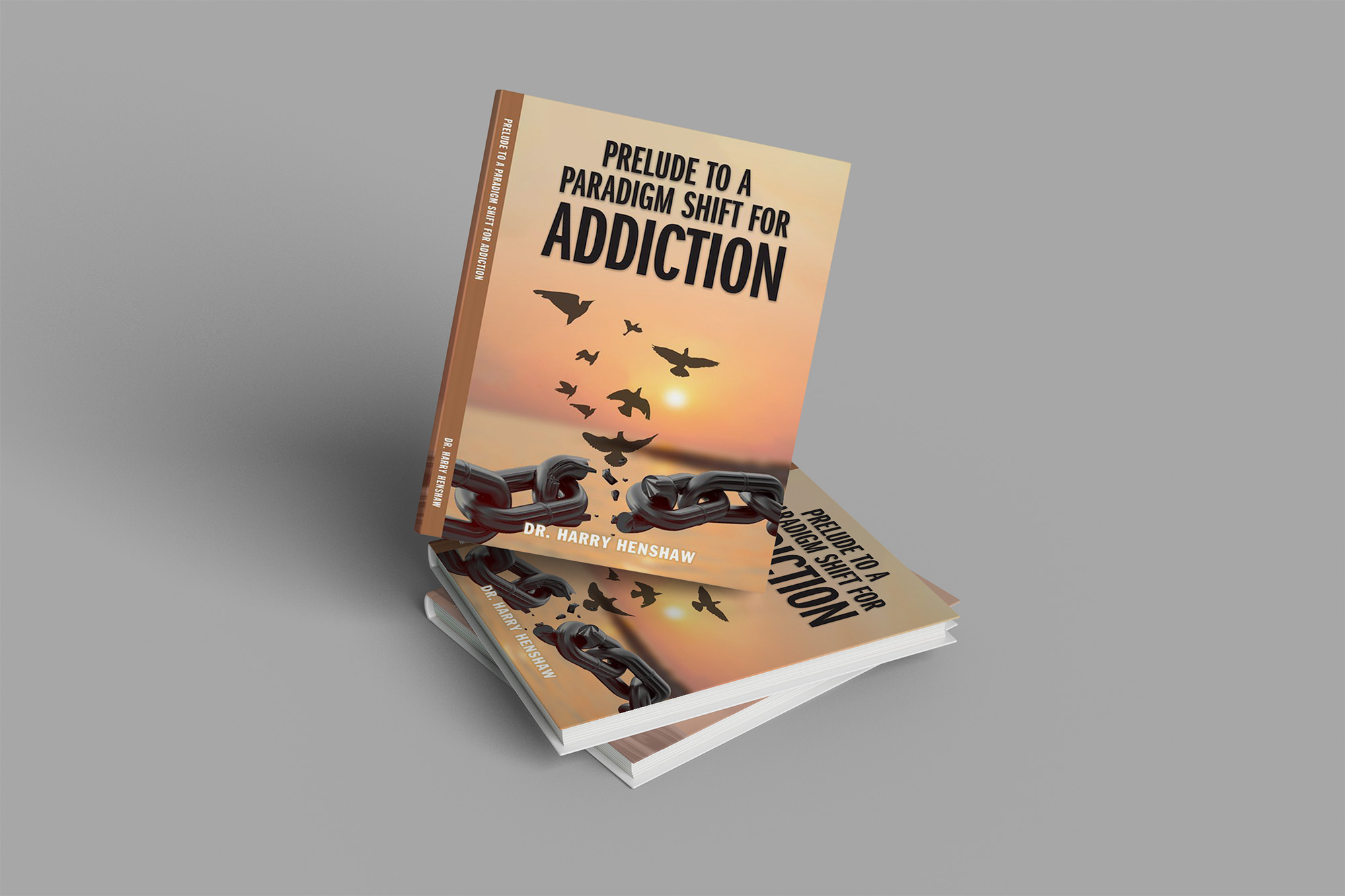Table of Contents
Introduction: The Miracle Power Within
Joseph Murphy begins the book with an inspiring message that miracles occur in everyday life when we align our thoughts and beliefs with the “magic power” of the subconscious mind. The book is designed to teach that habitual thinking and imagery mold our destiny. Murphy emphasizes that the subconscious mind is the repository of immense power, and by learning its principles, we can heal emotional wounds, overcome hardships, and transform our circumstances for abundance, health, and happiness.
Murphy states that every man and woman possess this innate inner force. The goal of the book is to help readers unlock this power, using practical formulas and techniques that can be incorporated into daily life, thus altering the course of one’s existence.
Chapter 1: The Treasure House Within You
This chapter establishes the foundation for the rest of the book. Murphy compares the subconscious to a “gold mine” that holds infinite riches—wisdom, power, and love—waiting to be tapped. Many people live without realizing this internal wealth, often because they have not been taught to seek it within.
Murphy discusses magnetism as an analogy: the magnetized person is full of confidence and faith, attracting opportunity and success, while the demagnetized person is riddled with fear. The “master secret of the ages” is the discovery of this miracle-working power within.
By practicing positive thinking and affirmations, Murphy claims that one can attract ideal relationships, health, and prosperity, as well as overcome physical and mental obstacles. The subconscious mind, he suggests, is always working—for better or worse—according to the thoughts impressed upon it.
Chapter 2: How Your Mind Works
Murphy introduces the duality of mind: the conscious (objective) and subconscious (subjective) minds. The conscious mind acts as the navigator, formulating desires and beliefs; the subconscious is the engine room, manifesting those beliefs as reality.
He details how the subconscious cannot argue or reason; it simply accepts what the conscious mind believes. This is illustrated with stories of individuals whose subconscious faithfully manifests both positive and negative beliefs, such as developing indigestion after claiming “I do not like mushrooms,” or waking up at night because they expect to be affected by coffee.
Murphy outlines the power of suggestion and autosuggestion and explains how negative or positive beliefs shape our lives. Understanding this framework allows us to consciously sow seeds of harmony and success in our subconscious, leading to desired outcomes.
Chapter 3: The Miracle-Working Power of Your Subconscious
Here, Murphy explores the limitless creativity and healing power of the subconscious. He recounts healing stories, including his own recovery from a malignancy, and highlights the subconscious’ ability to regulate bodily functions and rejuvenate tissue.
He teaches that whatever is impressed upon the subconscious—be it health, disease, happiness, or despair—is faithfully reproduced in one’s life. The key is learning how to communicate with the subconscious through belief, visualization, and prayer, impressing only constructive, harmonious ideas.
Chapter 4: Mental Healings in Ancient Times
This chapter reviews historical examples of subconscious healing in various cultures, including biblical accounts and miracles reported at shrines. Murphy notes that despite differences in religious practice, healing often results from the same underlying principle—the power of belief and suggestion.
He discusses experiments by Paracelsus and Bernheim (like creating blisters via suggestion), and concludes that a universal healing principle is at work. The lesson: effective faith and belief are the true agents of healing, regardless of the external ritual or dogma.
Chapter 5: Mental Healings in Modern Times
Murphy explains “prayer therapy,” the scientific use of conscious and subconscious minds for healing. He describes faith healing as activating the subconscious by combining desire, belief, and expectancy. Blind faith works when the subconscious fully accepts a suggestion without resistance.
Murphy details absent treatment—praying for another’s healing from afar—and the importance of releasing kinetic action in the subconscious. He summarizes key aids to health as right belief, prayer, and positive suggestion.
Chapter 6: Practical Techniques in Mental Healings
Murphy offers a toolkit of techniques for impressing the subconscious with desired outcomes:
- Visualization: Create vivid mental images of the result you want.
- Mental Movie: Imagine yourself experiencing the desired change.
- Baudoin Technique: Repetition and emotional association reinforce suggestions.
- Thank-You Technique: Expressing gratitude as if you already received your wish.
- Affirmative Method: State your wishes in the present tense, as facts.
- Argumentative Method: Reason with yourself to instill belief.
- Decree Method: Command the subconscious with authority.
- Sleep Technique: Impress desires before sleep, when subconscious is most open.
Each method can be applied to health, prosperity, relationships, or personal growth, creating tangible change.
Chapter 7: The Tendency of the Subconscious Is Lifeward
Murphy contends that the subconscious always seeks wellness, growth, and harmony. The body portrays mental states; when aligned with harmony, health and vitality prevail.
He claims that most sickness is due to discordant thoughts. He recounts cases where faith and subconscious harmonization restored health (such as Pott’s disease). Murphy urges readers to believe in the subconscious’ innate wisdom that maintains life and health.
Chapter 8: How to Get the Results You Want
Murphy explains the importance of using imagination rather than willpower when praying or affirming. Results come by three steps:
- Easy does it:Avoid strain; relax into belief.
- Imagination over effort:Picture success and let go.
- Reconcile desire and imagination:Align what you want with what you picture.
He highlights the law of reversed effort: trying too hard can cause failure. The subconscious responds to harmonious, confident imagining—not forced effort.
Chapter 9: How to Use the Power of Your Subconscious for Wealth
Murphy reveals wealth as a mental state. He provides steps for building a “wealth consciousness”:
- Visualize abundance.
- Avoid negative affirmations (“I can’t afford…”).
- Remove mental blocks about money.
- Use gratitude and affirmation (“I am prospered in all my ways”).
He examines why affirmations sometimes fail—due to underlying mental conflict—offering ways to resolve such issues. Serving yourself with positive beliefs is the pathway to material and spiritual prosperity.
Chapter 10: Your Right to Be Rich
Murphy suggests that money is simply a symbol of exchange, and poverty is a “mental disease.” He admonishes against criticizing money or becoming obsessed with it, advocating an attitude of harmony and balance.
Riches follow when readers adopt the right attitude, never complain about financial lack, and recognize inner riches as the source of outer wealth.
Chapter 11: Your Subconscious Mind as a Partner in Success
Success is the partnership between conscious desire and subconscious support. Murphy recounts stories of individuals who transformed failure into success by changing their beliefs.
He teaches that repeated visualization and affirmation create “blueprints” for the subconscious to follow. Success in business, creative endeavors, and life depends on the synergy between conscious aim and subconscious support.
Chapter 12: How Scientists Use the Subconscious Mind
Murphy showcases historical figures—scientists, inventors, and creatives—who have tapped the subconscious mind for inspiration, solutions, and breakthroughs. He describes how questions or problems “sleep in the subconscious,” only to be resolved when least expected.
Murphy underscores that guidance, ideas, and creative insights flow from the subconscious when asked with expectancy and faith.
Chapter 13: Your Subconscious and the Wonders of Sleep
Sleep is both restorative and preparatory. Murphy argues that prayer before sleep influences subconscious action during rest, solving problems and healing the body.
He offers case studies where answers, solutions, and even creative works emerged following sleep. Sleep, coupled with right suggestion, is a gateway to miracles and renewed vitality.
Chapter 14: Your Subconscious Mind and Marital Problems
Murphy connects subconscious belief patterns to relationship dynamics. He explains how expecting disharmony or failure in marriage creates those outcomes. The key is to visualize and affirm harmonious relationships.
He provides instructions for attracting an ideal partner and resolving marital issues by changing inner expectations and letting go of criticism and resentment.
Murphy suggests that praying together fosters unity, and warns against negative patterns such as nagging, brooding, or attempting to change one’s partner.
Chapter 15: Your Subconscious Mind and Your Happiness
Happiness is a choice, not the result of external circumstances. Murphy demonstrates that individuals who develop a habit of happiness—through positive thinking, gratitude, and expectancy—reap joyful outcomes.
He dispels the myth that money or achievements bring happiness, instead teaching that cultivating inner peace and satisfaction leads to outer contentment.
Chapter 16: Your Subconscious Mind and Harmonious Human Relations
Murphy offers the “master key” for relationships: sow seeds of goodwill, empathy, and love through inner speech. He outlines how internal beliefs about people shape outer experiences.
He addresses common issues—resentment, envy, and difficulty with authority—teaching that cultivating emotional maturity and empathy dominates negative cycles.
Murphy encourages readers to handle difficult people with calmness and see each person as a reflection of our beliefs.
Chapter 17: How to Use Your Subconscious Mind for Forgiveness
Forgiveness, Murphy insists, is essential for healing. He shares examples of individuals transformed by forgiveness and self-compassion, even teaching a technique for releasing guilt after traumatic events.
He emphasizes that criticism and resentment damage only the holder, and instructs readers on how to forgive and be compassionate.
Forgiveness is portrayed not as weakness, but as liberation and self-empowerment—the only route to full freedom and happiness.
Chapter 18: How Your Subconscious Removes Mental Blocks
Murphy analyzes the origins of bad habits and “mental blocks”—internal resistance that hampers success, health, or happiness. He teaches techniques to break negative cycles, including focused attention, mental substitution, and persistent affirmation.
He addresses common issues like alcoholism and self-defeat, proposing “three magic steps” for transformation: desire, belief, and habitual positive suggestion.
Chapter 19: How to Use Your Subconscious Mind to Remove Fear
Fear is “man’s greatest enemy.” Murphy prescribes confronting fears with affirmation and action, recounting stories where people overcame phobias and anxieties by “doing the thing you fear.”
He distinguishes between normal and abnormal fear and offers methods for examining and dissolving irrational dreads. Blessing situations or objects we fear helps transform them into sources of peace.
Empowering one’s subconscious with thoughts of courage, assurance, and safety is the pathway to freedom from fear.
Chapter 20: How to Stay Young in Spirit Forever
Murphy closes with encouragement to remain youthful in spirit regardless of age. He asserts that mind and spirit do not grow old; age is a mental attitude. By staying engaged, productive, and open to new experiences, one’s life is continually renewed.
Murphy discusses the wisdom, value, and potential of older age, advocating a vision and sense of purpose at every stage of life. He recounts stories of seniors who defied limitations and made vital contributions, teaching that youthfulness is a choice powered by the subconscious.
Reflections, Applications, and Final Thoughts
The Power of Your Subconscious Mind is both philosophical and practical. Murphy’s central message throughout is that the subconscious is acting upon our deepest beliefs, thoughts, and images—whether for healing, prosperity, happiness, or harmony. Change at the subconscious level always precedes outer change.
The techniques and stories Murphy shares encourage a holistic approach: visualization, prayer, affirmation, forgiveness, and disciplined imagination. He emphasizes that this is not mere positive thinking, but a repeatable science of mind that can be learned, practiced, and mastered.
For those seeking transformation—whether it’s health, wealth, relationship fulfillment, or overcoming mental obstacles—Murphy’s work remains timeless, compassionate, and empowering. The book’s principles are relevant not only for personal growth, but for anyone seeking a deeper understanding of human potential, spiritual wisdom, and the art of living joyfully.
By Dr. Harry Henshaw
Enhanced Healing Counseling
Port Charlotte, Florida
Enhanced Healing Counseling Music

Get Free from Addiction!
Discover a groundbreaking perspective on addiction recovery. Click below to buy Prelude to a Paradigm Shift for Addiction and explore innovative solutions to transform the way we understand and treat substance use disorders.
About Enhanced Healing
Enhanced Healing Counseling specializes in addiction recovery, mental health, and self-esteem support. Offering online and in-person services, we empower individuals to transform their lives with personalized care and proven therapeutic methods.




